
How did it happen that Moscow was in the war with the largest tank army, and now remained with nothing? In Russia, modern basic combat tanks have long ended, and now it will quickly exhaust outdated reserves. Focus translated the article "Where did all Russian tanks go?" Journalist Peter Suchyu, who writes on military topics.
The material on The National Interest analyzes the state of the Russian tank army - which it was before the invasion of Ukraine and into which it turned into the fourth year of the war. At the end of the Cold War in 1991, the Soviet Union had the largest tank army in the world, having a park of approximately 64,000 rather modern tanks at that time. Although much of them was stored, they were equally considered a significant force that the Soviet army could use in the event of a war with NATO.
After the collapse of the Soviet Union, Russia inherited most of its tanks. However, by 2020, their number decreased to about 12 thousand units. This number was almost twice exceeding the US Armed Forces tank park and included a significant number of major combat tanks (VTTs) T-72, T-80 and T-90, which were considered highly efficient and powerful machines. Add more than 7,300 tanks from the Cold War reserves that could be returned if necessary.
Then Russia began the war in Ukraine, and everything changed. Since February 2022, the Kremlin has suffered huge losses in armored vehicles. Like many other things related to the war in Ukraine, it probably was a surprise; Recall that Russian troops invaded Ukraine in a parade form, not in winter equipment, and probably were surprised when the Ukrainians began to fire.
Three years of the war, Moscow was so exhausted by its tank reserves that the reports of virtually exhausted Russian reserves were already receiving. Although the Kremlin insists that it has no problems with the replacement of tanks, it is worth noting that in 2022 the Russian tank reserves were stored on 24 bases across the country, and today only 9 such objects operate.
Since the war in Ukraine will probably last at least 2026, and peace negotiations are practically not moving, it is unclear how many losses will be suffered by Russia. According to the latest open sources, there are only 2887 tanks in Russia today, more than half of them are in poor condition. Less than a quarter can be classified as "suitable for use" on the battlefield.
Less than a hundred tanks were relatively modern T-80 combat tanks, and the rest included outdated T-62, T-64 tanks and early T-72 models. The situation may get worse. Russia has already removed more than 4,400 of its old tanks from the storage, but it did not bring a quick and convincing victory. In some cases, these machines got from warehouses to warehouses, and then to the front, where they were destroyed, captured or abandoned. Time, energy and money spent on tanks are unlikely to pay off.
The Russian army has repeatedly collected its tanks for the offensive, which, as it hoped, breaks the defense line and bring the long -awaited final victory. These attempts ended in failure every time - another sad moment that repeats the history of the First World War, when both sides sacrificed a lot of human and material resources, without achieving virtually no results.
Ukrainian troops also make many mistakes, but it is the Kremlin that continues to repeat its mistakes in almost four years of war. The problem is complicated by the fact that, as David AKS wrote this week, the production of tanks in Russia is also "nullifying", which means that it will be much more difficult for the Russian army to replace current losses on the battlefield. This situation may remain relevant even after the final resolution of the conflict.
The Kremlin will have to indefinitely repair tanks that other countries would be sent to the dump. Repairing an old tank, even in poor condition, can be simpler and less time consuming than building a new one. From an economic point of view, such repair is often inappropriate - this is one of the main reasons why even those 4,000 tanks that are in poor condition have not been sent to the forefront (at least so far).
Given the state of the Russian army, the question is not whether the old tanks will be participating again in the battles, but when it happens. If there is at least some way to force them to work, it is likely that Russia is already considering them for use in the battlefield. Peter Suchyu is a 30-year journalist who has published more than 3,200 articles in more than four dozen magazines and websites.


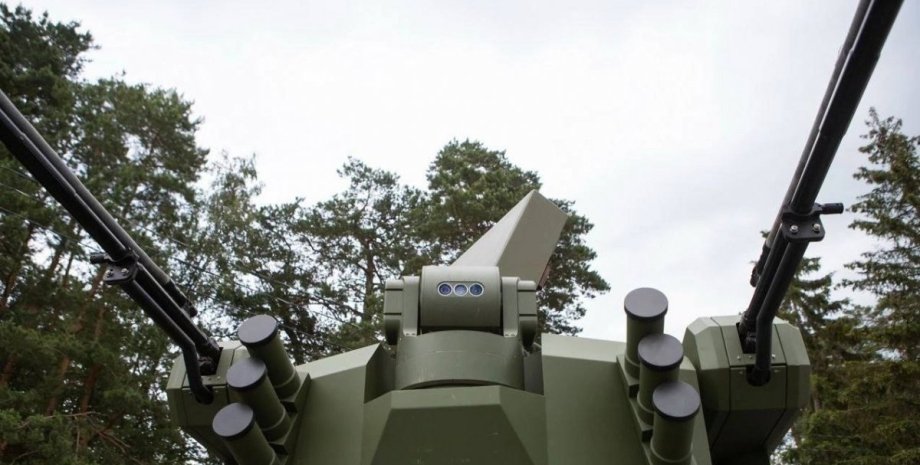
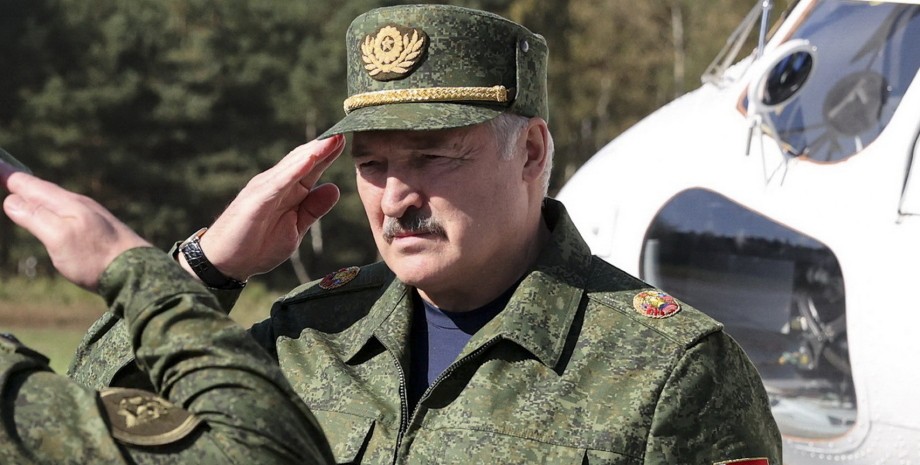
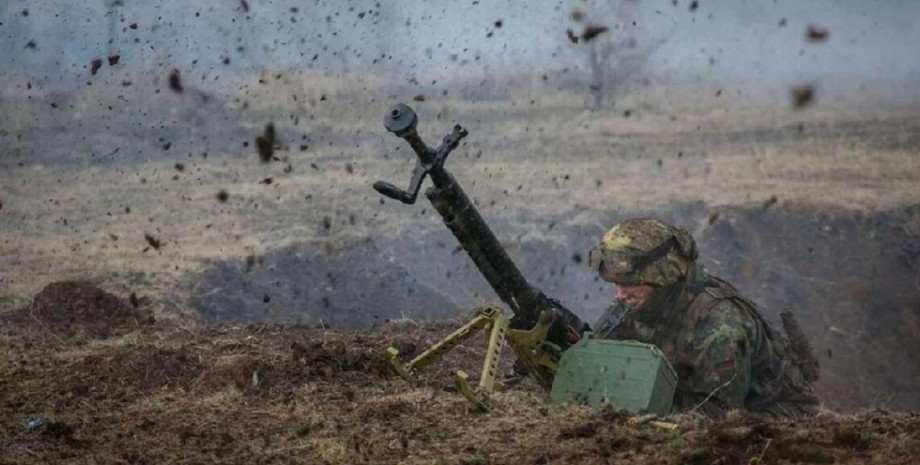

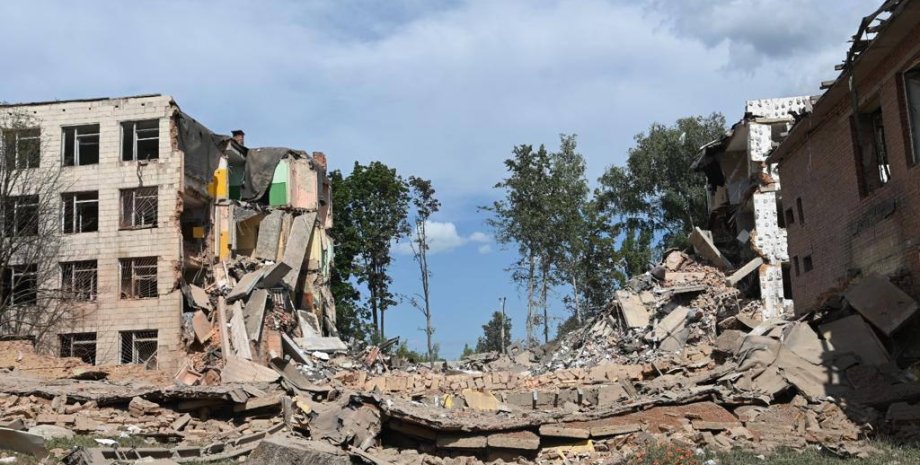
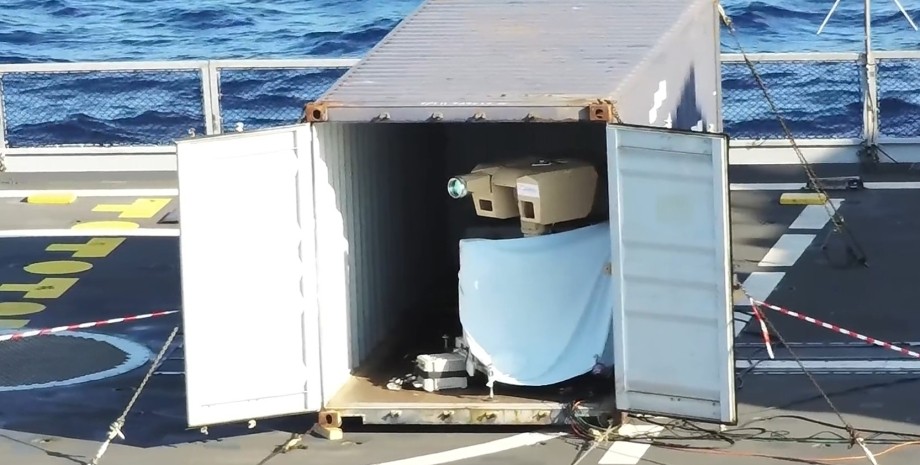
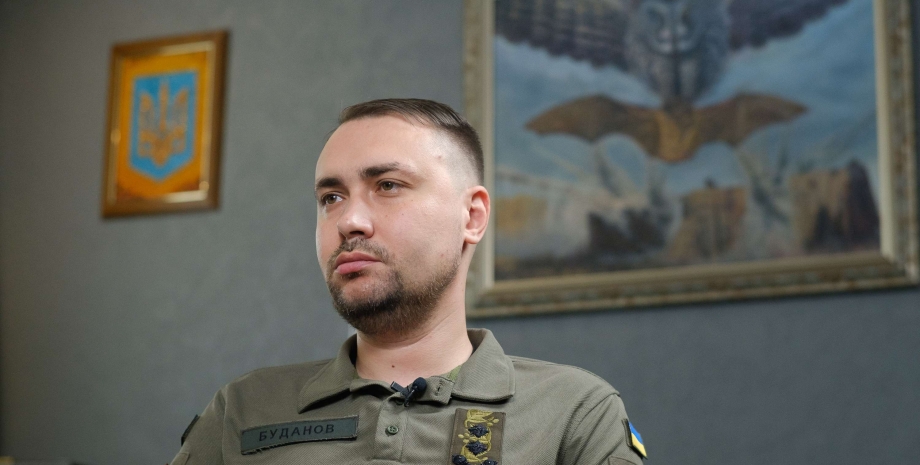
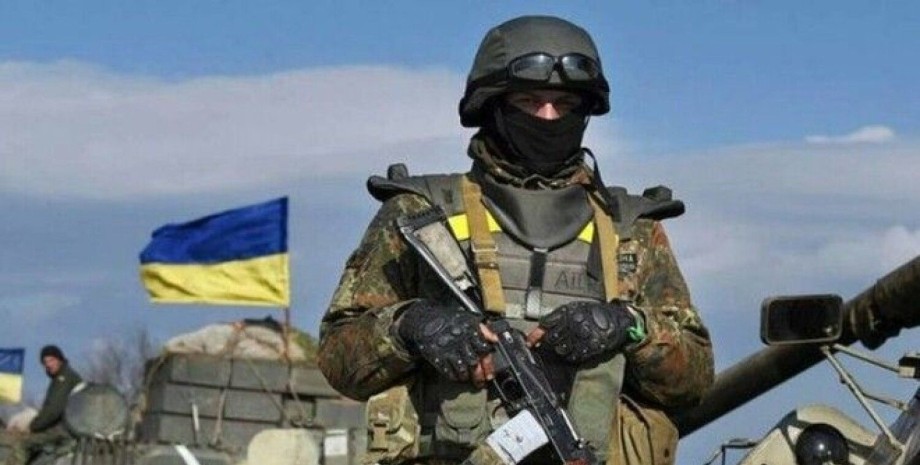
All rights reserved IN-Ukraine.info - 2022